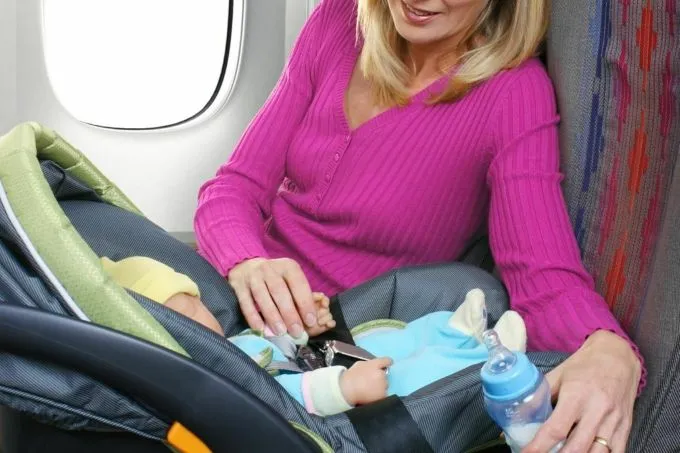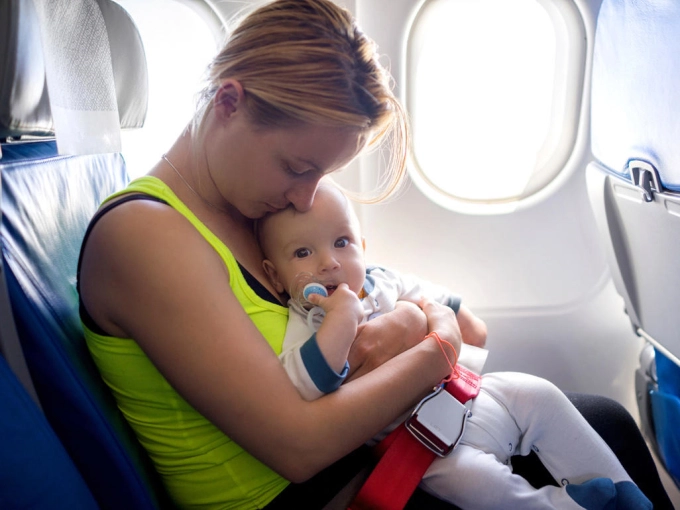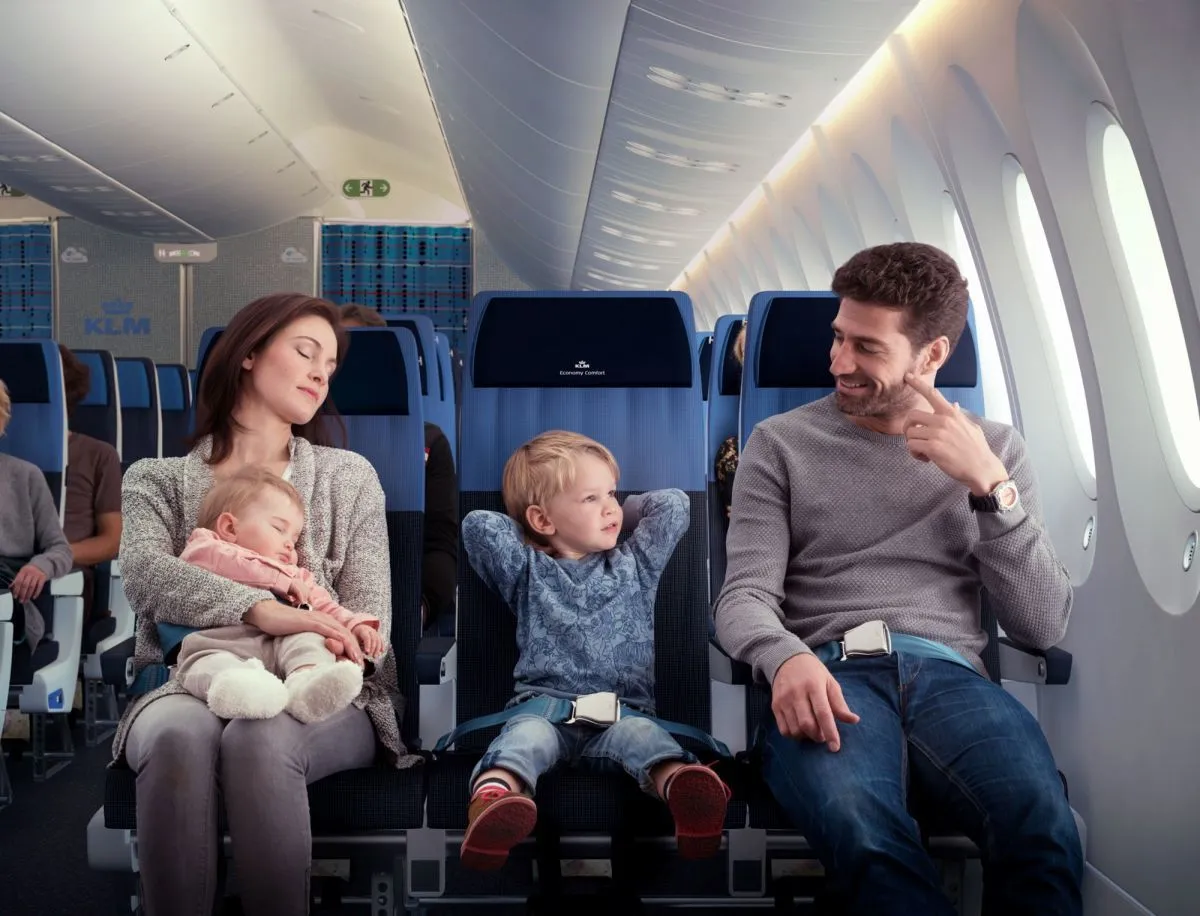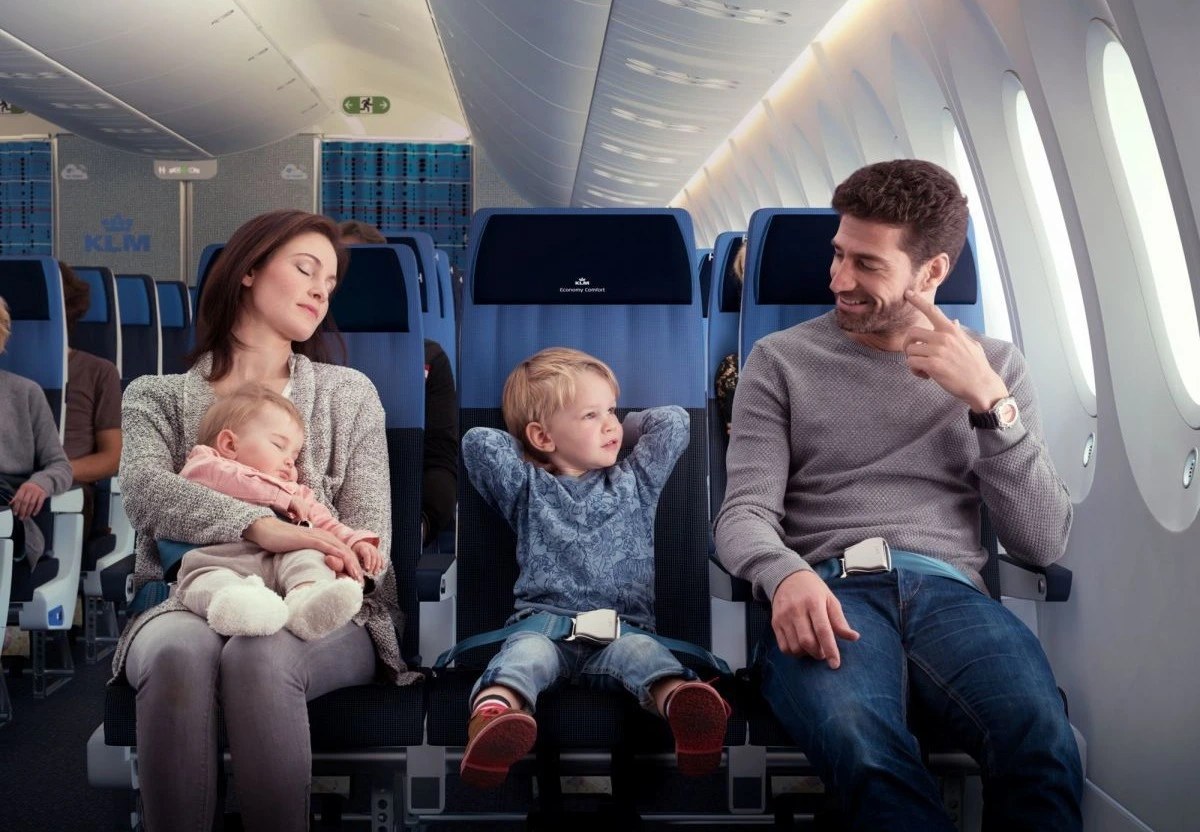Not only does the plane glide smoothly in the sky, but there are also times when going into air turbulence, bad weather, the experience of flying over those areas is mostly a bit scary, and at those times, that normal sight strap can save you.
Do I need to wear a seatbelt during the flight?
Before the plane enters the air turbulence zone, the flight attendant will ask passengers to wear seat belts,, when the plane enters the air turbulence zone, if it is light, you will see the aircraft swaying, can shake left, right, or shake up and down, you may feel like you are falling, It is not an illusion, but actually your plane is "in free fall", the fall interval can be 5 meters - 10 meters or more .
And then, if you're not wearing your seatbelt, you're more likely to be thrown out of your seat, hit other passengers, or hit the ceiling of an airplane if the acceleration falls suddenly.
When the plane is taking off, landing, is on the runway and has not stopped completely, you should also wear your seatbelt and sit in place. While the plane is still rolling, you get up or leave your seat and will likely fall if the plane suddenly turns on the runway.

Listening to and following the crew's safety instructions will always come in handy. It should be remembered that you should always wear your seatbelt when sitting. Most passengers on long-haul flights forget to wear their seatbelts before sleeping, including business class passengers with flat beds.
During meal times, passengers should wear seat belts to reduce the risk of injury when unexpected air turbulence occurs.
How to take care of an infant on the flight?
Infants under two years old cannot occupy their own seat and wear their own seat belt. Therefore, children need to be held in their arms by their parents and fasten infant seat belts. This belt prevents the child from being separated from his parents.

In the US, the Federal Aviation Administration (FAA) recommends that children under 18 kilograms occupy their own seats and wear their seatbelts properly. The recommendation is based on statistics showing that children under the age of 2, who make up less than 1 percent of passengers, account for 35 percent of child in-flight injuries. Although deaths are rare, the risk of injury, especially for infants being held on their laps, is "significant." In addition to holding them on their laps, the FAA recommends that it be safer to wear seat belts for children during the flight.
Often passengers will feel or act "possessive" when they see empty seats next to them. Do not lie on the row of seats, as this will not be possible to wear a seatbelt during the flight.
And what if you missed standing up?
Try to crouch low, clinging to seat armrests, cabins or headrests, anything you can cling to. But absolutely do not cling to carts serving food and water.
Passengers should not go to the toilet when there is a possibility of air turbulence, such as when an aircraft flies over the ocean. If you are going to the bathroom and turbulence begins to occur, people should return to their seats immediately. The safety risk here is the situation where guests often use the toilet and wait in long lines. If possible, passengers should control their fluid intake to minimize access to the lavatory on board.
Video: Channel 14
Cabin crew should proactively guide passengers who are in line to go to the toilet back to their seats. Moving flight attendants should also find seats as quickly as possible as the situation deteriorates. If the crew cannot get to the fastest position, find the nearest empty passenger seat and fasten your seatbelt.
How to wear a seatbelt on an airplane
The seat belt is fastened by firmly pressing the ends of the rope together. Pull on one end of the wire to tighten. Pull the lock end upside down to loosen it. Remove the cord by lifting the lock end cover. Child seat belts and extension harnesses are available on board. You can ask the flight attendants or there are airlines that will give it to you on their own.

Follow CNA, Business Insider, FAA
Photo: Sutter stock
